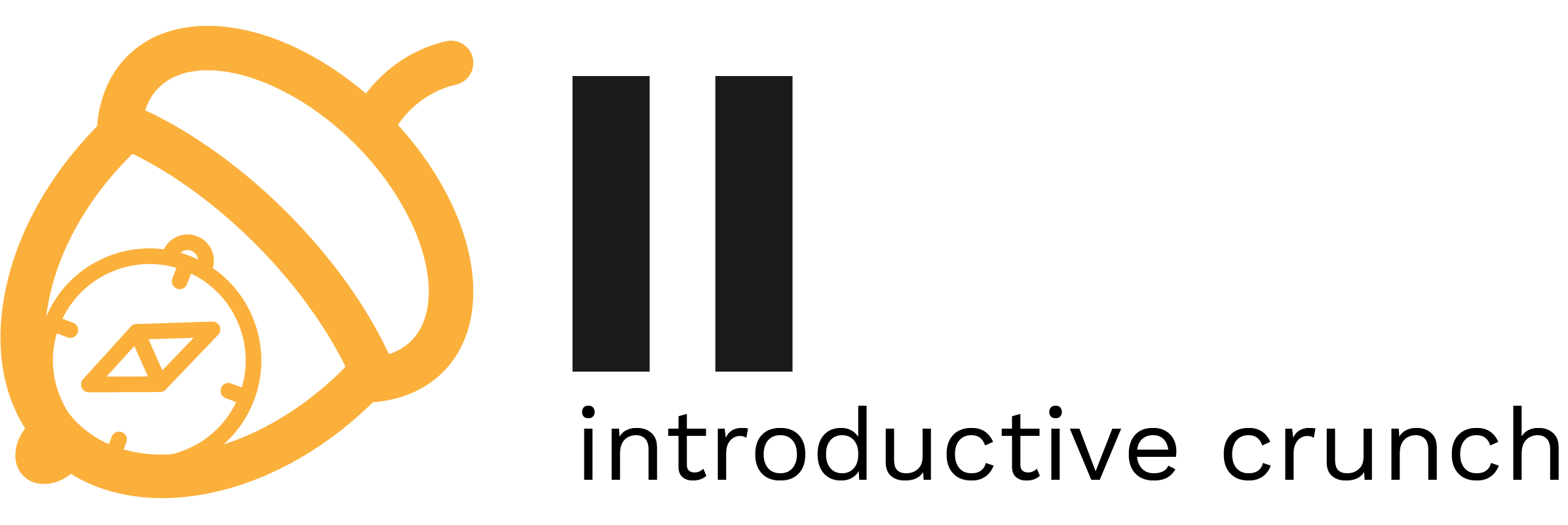This is an old revision of the document!
Lab 02 - Teletypes & frame buffers
Objectives
- TODO
Contents
Tasks
Proof of Work
Tasks
00. [10p] Getting Started
First, download the skeleton archive (.zip) and unzip it.
It has the following structure:
├── initial_design.html # initial HTML template ├── public/ │ ├── bootstrap/ # bootstrap sources │ ├── images/ │ └── style.css # main stylesheet ├── server.py # server-side application └── templates/ # Jinja templates
To test, open initial_design.html in a browser. It should look similar (almost: minor text differences) to the following screenshot:
Also, there are other open-source CSS toolkits, google them before starting a website and choose something you like before starting a design project.
Also, it would be a good idea to test your Python / Flask setup now:
python3 server.py
# it should say that the server is running on http://127.0.0.1:5000/
01. [30p] Minor Design Changes
Our customer wants to make some changes to the website's design:
- Add a header image with our logo at the top
- Several candidates are present inside
public/images/; - You could either use the CSS background property, or just the old-school
<img>tag; - Hint: check out
style.cssfor existing definitions!
- Also change the background color of the
<header>to match the chosen image on its margins (maybe something blue?); - Make the content box have rounded borders (try
15px);border-radius*wink*- Use the browser's Web Developer tools to find the HTML tag to select!
- Insert some dummy content text (e.g., use a Lorem Ipsum generator);
./path/to/file.jpg)?
HTML also uses them (those URLs will be relative to your current file – either the .html or the .css)!
In some cases (webpage has sub-paths, e.g., /account/details.html), you may also use absolute URLs (path begins with a / representing the server's root directory).
02. [20p] Hyper-linking multiple pages
Time to add a second HTML page:
- As expected, copy + paste your initial HTML with a new name, e.g.:
second.html; - Link together the two
.htmlpages (in each HTML page, find the<a class=”…” href=”..”>links inside the#navbarToggledivand edit thehrefs to point to each-other);
pagename.html or ./pagename.html will do! DO NOT USE: absolute paths, e.g., C:\Users\…\pagename.html for obvious portability reasons!
- Test by opening the HTML files in your browser. The user should be able to navigate between the two pages seamlessly!
- One final touch: we want the menu to highlight (i.e., change foreground / background color and font style) the currently active menu button (different for each page)!
.active) with your desired properties and append it to the appropiate menu link element: <a class=“nav-item nav-link” …> (also note: different class attribute values are separated by space!).
03. [30p] Firing up the Flask backend
First, let's understand how Flask serves files:
- Download a random photo from the Internet (e.g., your favorite snake species) and place it into
public/myimage.jpg(or use whatever name you wish, but keep this directory!); - Start up the Flask server (
python3 server.py) and point your browser tohttp://localhost:5000/public/myimage.jpg, it should display your image. - Copy/rename or download another image directly to your project's root, alongside
server.py; start the web server, point your browser tohttp://localhost:5000/myimage2.jpg– it won't work… why?
Now, we want to move the html page from earlier tasks to be served by the Flask web server:
- Copy the
initial_design.htmlto thetemplates/directory (we're using the default Flask convention); - Modify
server.pyto callrender_template(see official quickstart guide) and actually serve your HTML file. - Fire it up!
render_template symbol from the Flask library!
- Finally for this task, make a
/googleendpoint which automatically redirects to your favorite (or not) search engine!
04. [10p] Serving dynamic content
Finally, we shall see how dynamic content can be interpolated
- Edit the website's second HTML page, enter
{{mycontent}}(this literal text!) as content somewhere inside the main content block:<div class="content-box main-content"> ... {{mycontent}} ... - Now modify the
server.pycode (thesecond_pagefunction) to take in the desired value as a request parameter and pass it to themycontenttemplate variable, e.g.:def second_page(): render_template("second.html", mycontent=request.args.get("mycontent", "<not specified>"))
- Open the endpoint URL and pass the
mycontentvalue as aGETURL parameter (e.g.,?parameter=value) and see if the content changes dynamically after the request! - This is a template engine called Jinja, seamlessly integrated with Flask. More about this: next time!


